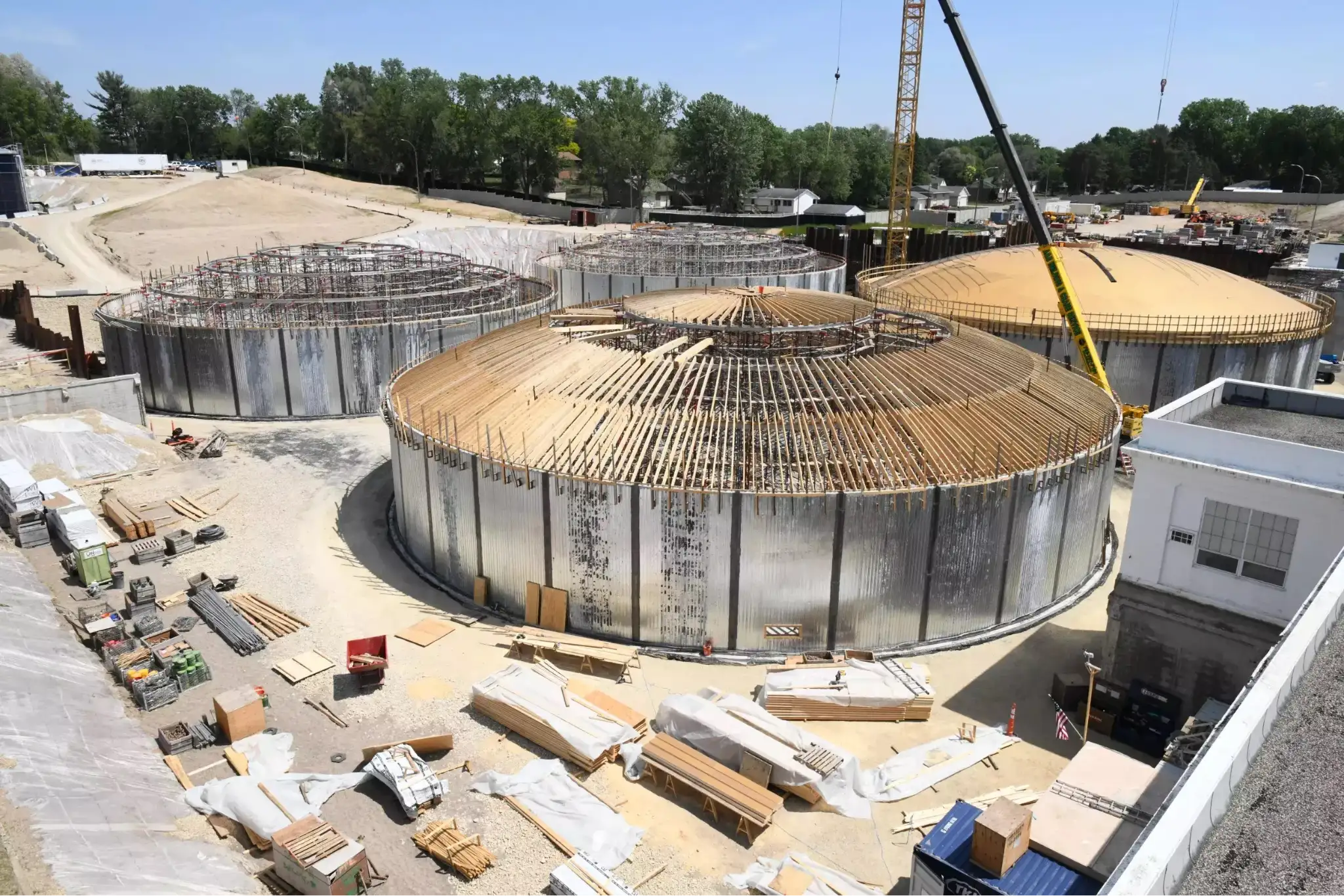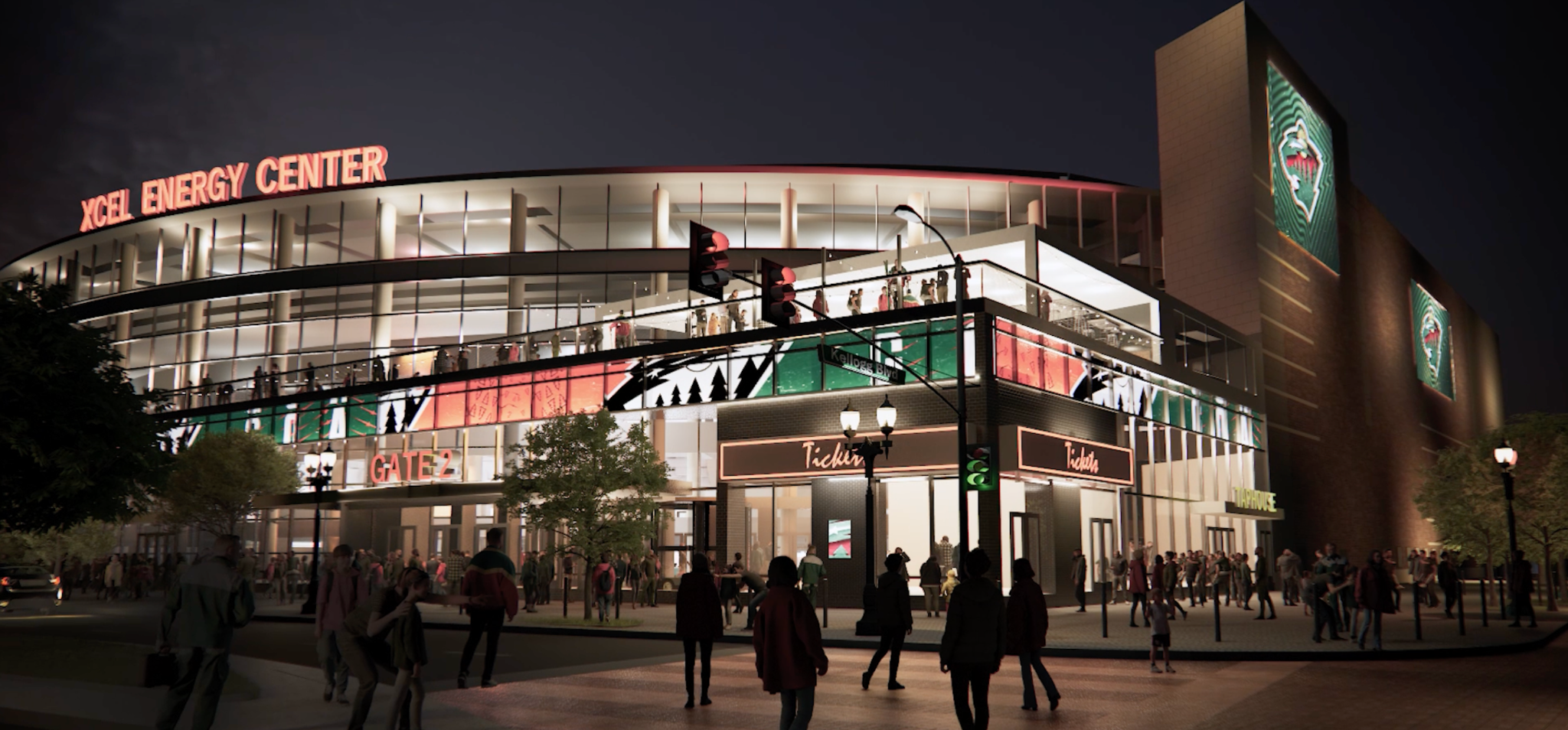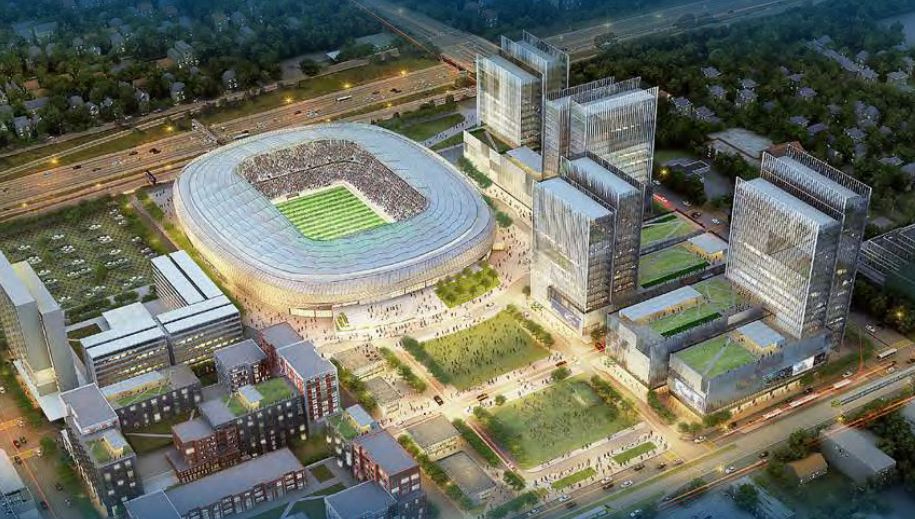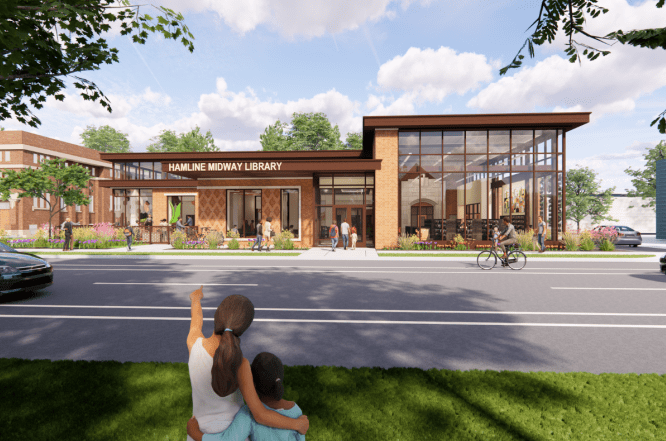About
Learn about Saint Paul Investor Relations including our Climate Action, News & Press Releases, Infrastructure Projects, and Team.
Talk to us
Have questions? Reach out to us directly.
Learn about Saint Paul Investor Relations including our Climate Action, News & Press Releases, Infrastructure Projects, and Team.
About Saint Paul Investor Relations
- Population of
- 311,527
- G.O. Bond Ratings
- AAA/AAA
- Outstanding Bonds (as of June 2024)
- $616,544,000
About Saint Paul Investor Relations
Welcome to the official investor relations website for the City of Saint Paul, Minnesota. The Office of Financial Services, Treasury Division manages all City financing needs, including investor communications for the City and related entities.
About the City of Saint Paul
Saint Paul was incorporated in 1854 and is the capital city of the the state of Minnesota. The City is the second most populous in the state with more than 300,000 residents. Saint Paul is the county seat of Ramsey County, and together with Minneapolis forms the core of the Twin Cities, the 16th-largest metropolitan area in the nation, with about 3.5 million residents.
To learn more, please visit the City website here.
Image Gallery
Climate Action
Learn about our environmental, social, and governance program, and how we bring those values to life with green bonds, sustainable projects, and more.
News
News
October 1, 2025
A section of Grand Avenue will reopen Tuesday after five months of road construction that interrupted some retailers' bottom lines.
The city will hold a celebration event from 4 to 6 p.m., marking the reopening of the area — Grand Avenue between Macalester and Wheeler streets.
Jennifer Gordon is the operations manager at the French Meadow Bakery & Café located on Grand and Macalester Street South. She said the summer months with road construction outside the restaurant were “not ideal.”
“We just had a lack of business — customers not wanting to either go through the mess or not being able to figure out how to get through it,” Gordon said. “It’s been challenging.”
One business, Roseline’s Candles, didn’t survive the construction. They closed on Aug. 31.

The café’s busiest time of year is the summer, she said. The silver lining, she said, was seating in French Meadow’s rear patio, away from construction.
“When people made it in,” Gordon said, “They still had a lovely experience in our back patio. But it was just getting people here.”
Gordon says business has picked up in the last couple of weeks. Some businesses braced for the worst and were pleasantly surprised.
Scott Fares is the co-owner of the independent arts supply store Wet Paint. The store, at the corner of Cambridge Street and Grand Avenue, has been around for 50 years, Fares said.
He said he thought the project would be catastrophic on the business, but the art supplies on offer and the store’s location helped out.
"When they're coming to the art supply store, have already set their navigation to come to us and they just had to navigate that last block or two,” Fares said, “they're not likely to turn around and go to another art supply store."

Fares also said the north and south streets were kept open.
“We’re right on the corner, so our customers just have to navigate that last block,” he said. “We've got a little parking in the back, which helps with where to park when they come to see us.”
Fares also says the city was communicative with him during the project.
Press Release
September 29, 2025
FOR IMMEDIATE RELEASE
September 29, 2025
CONTACT
Jennifer “JLor” Lor
JLor@ci.stpaul.mn.us
(651) 417-9454
SAINT PAUL—The Water Environment Federation (WEF) has awarded one of its three 2025 Project Excellence Awards to the green stormwater infrastructure system at Highland Bridge, recognizing it as a national model for sustainable urban redevelopment. This is the first time a project in Minnesota has received this prestigious honor.
The award celebrates forward-thinking infrastructure that addresses climate change, improves water quality, and supports redevelopment in growing urban areas.
Highland Bridge’s green stormwater infrastructure system combines visible surface features—like rain gardens, ponds, planted areas, and a daylighted stream—with underground storage and filtration to manage stormwater. Each year, the system treats about 64 million gallons of rainwater, keeping an estimated 20 tons of sediment and 147 pounds of phosphorus out of the Mississippi River.
"This award is a credit to all the people who showed up, shared ideas, and worked toward a shared goal," said Mayor Carter. "Together, we created something that reflects the best of our city—strong, inclusive, and built for the future."
The project is the result of a close partnership between Barr Engineering Co., the City of Saint Paul, Parks and Recreation, Public Works, the Capitol Region Watershed District, Ryan Companies US, Inc., and Confluence, who worked together to transform the 122-acre site of the former Ford assembly plant into a hub of green infrastructure—including mixed-housing, space for businesses, and new parks.
“Redeveloping this site didn’t just replace old structures, it redefined what this space could be,” said Melanie McMahon, Interim Director of Planning and Economic Development, who served as Executive Project Lead for Redevelopment in the Mayor’s Office. “When we started, the land carried decades of industrial history, contamination, and untapped potential. Now, through intentional design and collaboration, it’s a place for clean water, parks, and thriving communities. This project shows how purpose-driven transformation can reshape a city.”
The system not only improves water quality, but also restores natural water flows, enhances public spaces, and boosts neighborhood resilience.
The stormwater system draws from the goals of Saint Paul’s Climate Action and Resilience Plan and the Capitol Region Watershed District’s environmental and recreational recommendations:
- Landscaping includes more than 1,000 new trees, native and naturalistic plantings that evolve with the seasons, and a water-efficient irrigation approach estimated to use 50% less water than conventional systems.
- Filtered stormwater flows into a central water feature, through a recreated creek, under Mississippi River Boulevard via a 90-foot tunnel, and into Hidden Falls Regional Park.
- Pedestrian and bike paths line the creek, and a plaza overlooking Hidden Falls turns infrastructure into a public amenity.
- Trails connect to surrounding systems, increasing walkability and recreation access.
This recognition is a key benchmark in the city’s ongoing efforts to lead with climate-responsive, equitable, and adaptive infrastructure that meets today’s challenges and tomorrow’s needs.
“We are excited to be part of the team involved in this award-winning, once-in-a-generation project,” said Bob Fossum, Deputy Administrator at Capitol Region Watershed District. “The improvements to water quality, habitat, and connectivity to Hidden Falls Regional Park and the Mississippi River are incredible and will be enjoyed for generations to come.”
Nathan Campeau, Vice President and Senior Water Resources Engineer, Barr Engineering Co. said, “Highland Bridge’s district stormwater system achieves the community’s vision for restoring our natural resources and celebrating water: ultimately building a beautiful public realm, creating and connecting natural spaces, providing the heart of a new neighborhood, and cleaning polluted stormwater to protect our water resources.”
“The stormwater infrastructure is just one of the sustainability elements that make Highland Bridge stand out in the region,” said Maureen Michalski, Regional Senior Vice President of Development, Ryan Companies. “Along with being the first development in the state to earn a LEED Campus Certification, which takes a holistic view of sustainability, the project showcases how thoughtful planning can turn common approaches into innovative solutions.”
Project partners traveled to Chicago to attend the WEFTEC 2025 conference, where they accepted the award recognizing the entire project team’s collaborative achievements.
ABOUT HIGHLAND BRIDGE
Located along the Mississippi River in Saint Paul’s Highland Park neighborhood, Highland Bridge is a vibrant new development featuring housing, parks, commercial space, and sustainability-first infrastructure. The green stormwater system is a foundational element of its environmental vision.
ABOUT THE WATER ENVIRONMENT FEDERATION (WEF)
WEF is a nonprofit technical and educational organization serving over 30,000 water quality professionals globally. Its mission is to inspire the water community to advance human and environmental health. The WEF Awards & Recognition program honors individuals, utilities, projects, and associations that achieve high standards in environmental impact, innovation, design, operations, public outreach, and sustainability.
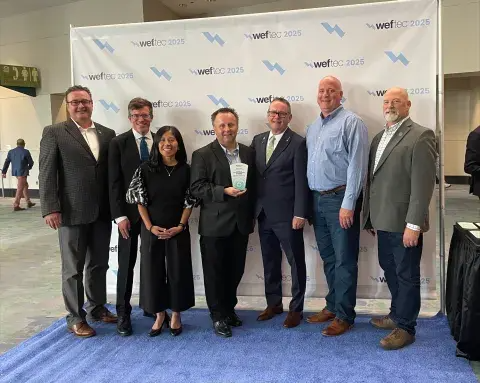
News
July 25, 2025
Our Response to the Digital Security Incident
Since July 25, the City of Saint Paul has been responding to a digital security incident. We've partnered with state and federal agencies - including the FBI, Minnesota Department of Public Safety, Minnesota IT Services, Minnesota National Guard, and other cybersecurity experts. Together, our teams have worked tirelessly to:
- Protect core City services, including emergency response and public safety.
- Take significant and proactive steps to defend our City and limit the impact of this incident.
- Securely recover and restore City systems.
Digital security is a global issue. This is one of a growing number of recent ransomware attacks, including on other major U.S. cities. We're not unique in being targeted by criminal threat actors. Because we acted swiftly and decisively, we were able to limit the impact, safeguard critical services, and position our systems for a safe and secure recovery operation.
What's Next
We are prioritizing restoration of critical applications and continue to safely and securely bring our systems back online. Full restoration is expected soon.
More information can be found on the City's Digital Security Incident Info Hub
Infrastructure Projects
View All Infrastructure Projects
Team
Talk to us
Have questions? Reach out to us directly.


